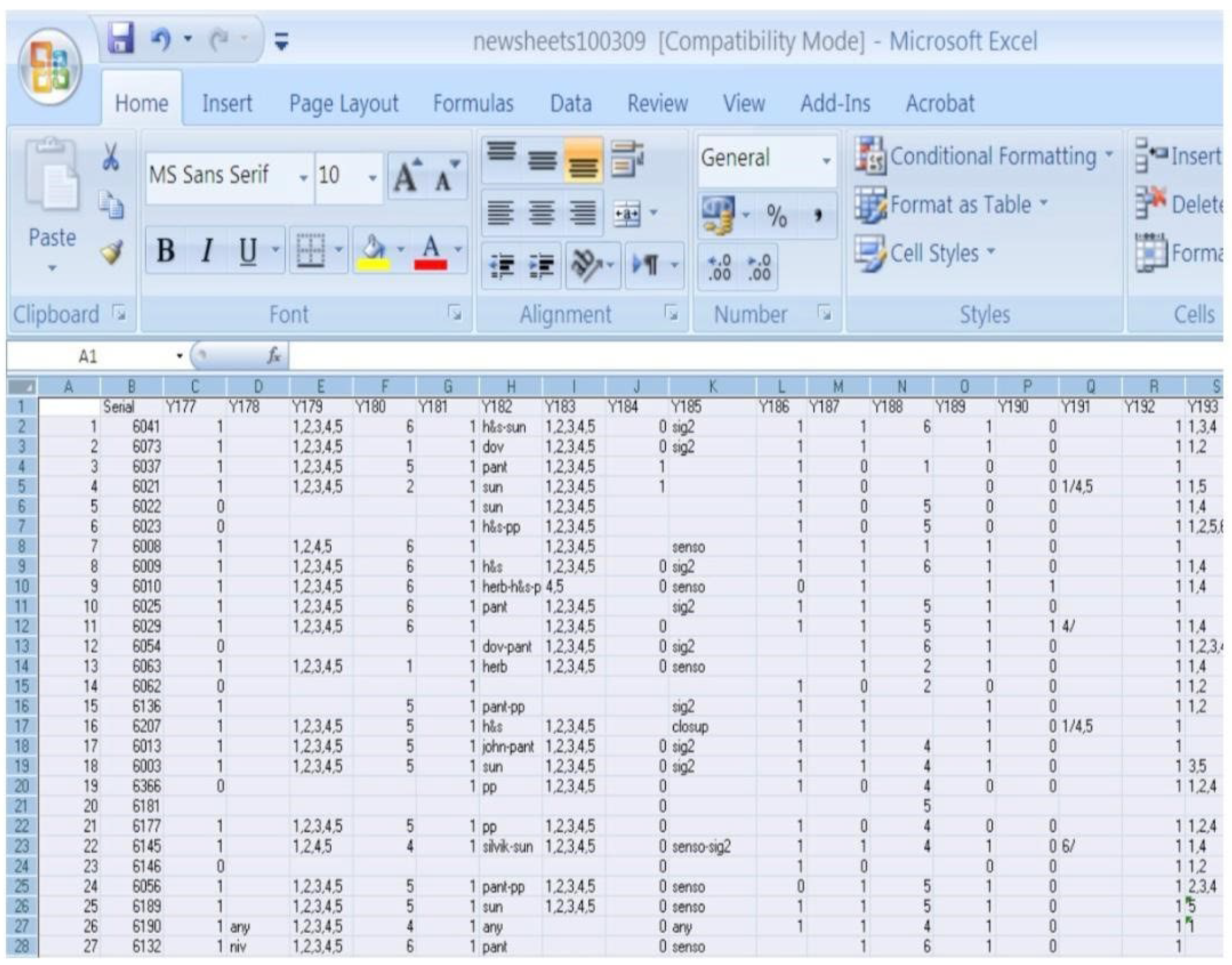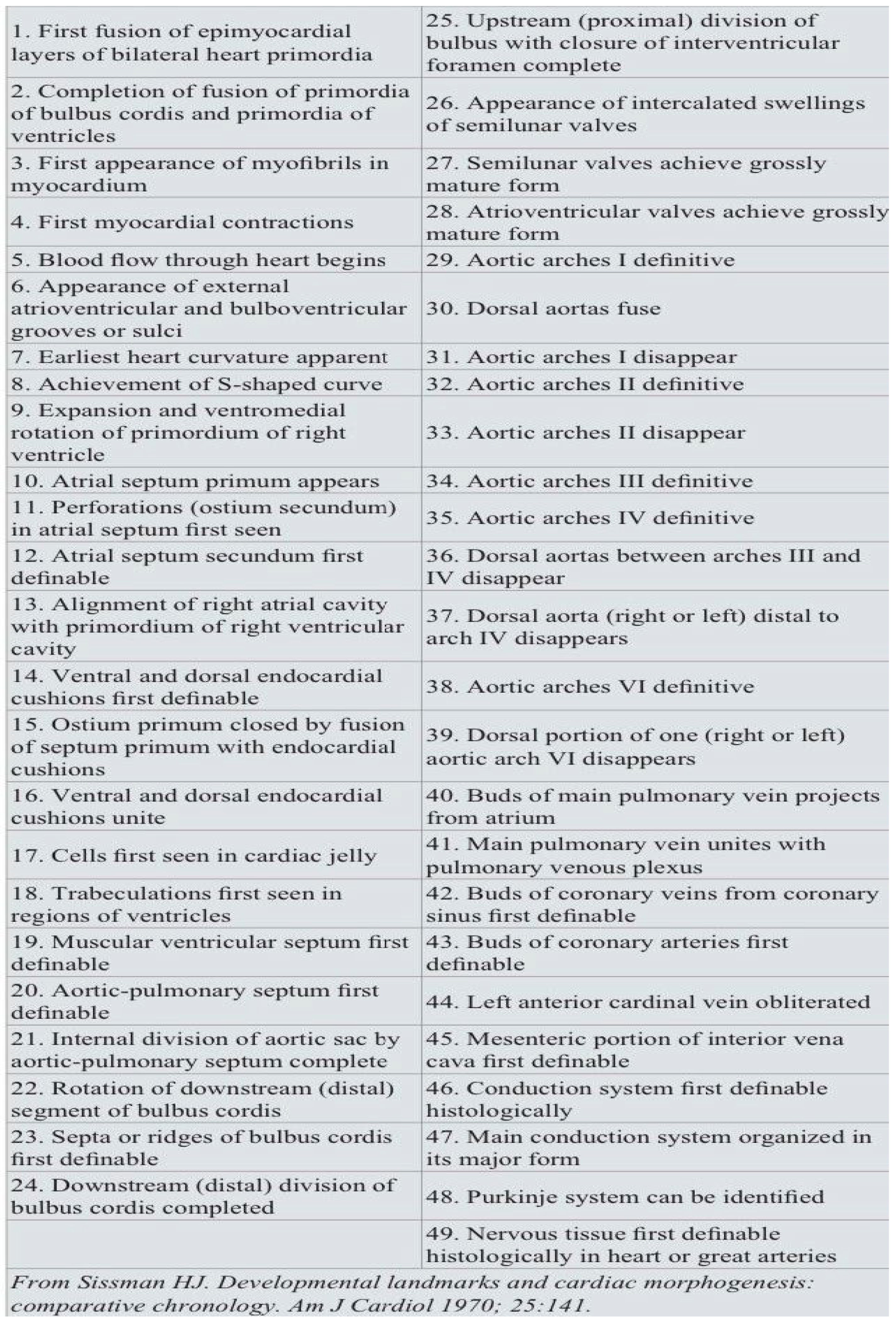Submitted:
30 June 2024
Posted:
02 July 2024
You are already at the latest version
Abstract
Keywords:
Introduction
Materials and Method
Results

Discussion
References
- Alabdulgader A. Congenital heart disease in 740 subjects: epidemiological aspects. Annals of tropical paediatrics. 2001; 21: 111-118.
- The science and practice of pediatric cardiology, second edition: Volumes I and II: Edited by Arthur Garson Jr, J Timothy Bricker, David J. Fisher, and Steven R. Neish Williams & Wilkins, Baltimore (1998) 3,200 pages, ISBN: 0-683-034 17-0. Clin Cardiol. 1999; 22: 54.
- Abdullah Alabdulgader,Congenital Heart Disease Project in Kingdom of Saudi Arabia.Alahssa1427H.ISBN:1-2-901-56-9960.King Fahad National Library. Riyadh, Saudi Arabia.
- Alabdulgader A. Congenital heart disease in Saudi Arabia: current epidemiology and future projections. East Mediterr Health J. 2006; 12: 157-167.
- Alabdulgade, A.; Maccraty, R.; Atkinson, M.; Vainoras, A.; Berškienė, K.; Mauricienė, V.; Navickas, Z.; Šmidtaitė, R.; Landauskas, M.; Daunoravičienė, A. Human heart rhythm sensitivity to earth local magnetic field fluctuations. J. Vibroeng. 2015, 17, 3271–3278.
- Cameron IL, Hardman WE, Winters WD, Zimmerman S, Zimmerman AM. Environmental magnetic fields: influences on early embryogenesis. J Cell Biochem. 1993 Apr;51(4):417-25. [CrossRef] [PubMed]
- Abdullah Abdulrhman Al Abdulgader. Quantum Consciousness and the Heart Based Resonant Frequencies Theory. Arch Neurol & Neurosci. 9(4): 2021. ANN.MS.ID.000719.
- Krylov VV, Osipova EA. Molecular Biological Effects of Weak Low-Frequency Magnetic Fields: Frequency-Amplitude Efficiency Windows and Possible Mechanisms. Int J Mol Sci. 2023 Jul 1;24(13):10989. [CrossRef] [PubMed] [PubMed Central]
- Abdel Fattah, A.R., Kolaitis, N., Van Daele, K. et al. Targeted mechanical stimulation via magnetic nanoparticles guides in vitro tissue development. Nat Commun 14, 5281 (2023). [CrossRef]
- Lincoln J, Garg V. Etiology of valvular heart disease-genetic and developmental origins. Circ J. 2014;78(8):1801-7. Epub 2014 Jul 7. [CrossRef] [PubMed] [PubMed Central]
- Peng, Q.; Shan, D.; Cui, K.; Li, K.; Zhu, B.; Wu, H.; Wang, B.; Wong, S.; Norton, V.; Dong, Y.; et al. The Role of Endothelial-to-Mesenchymal Transition in Cardiovascular Disease. Cells 2022, 11, 1834. [CrossRef]
- Shu DY, Butcher E, Saint-Geniez M. EMT and EndMT: Emerging Roles in Age-Related Macular Degeneration. Int J Mol Sci. 2020 Jun 16;21(12):4271. [CrossRef] [PubMed] [PubMed Central]
- Alabdulgader, A., McCraty, R., Atkinson, M. et al. Long-Term Study of Heart Rate Variability Responses to Changes in the Solar and Geomagnetic Environment. Sci Rep 8, 2663 (2018). [CrossRef]
- S. Subrahmanyam, P. V. Sanker Narayan and T. M. Srinivasan. Effect of Magnetic Micropulsations. on the Biological Systems - a Bioenvironmental Study Int. J. Biometeor. 1985, vol. 29, no. 3, pp. 293-305. [CrossRef]
- Flatscher J, Pavez Loriè E, Mittermayr R, Meznik P, Slezak P, Redl H, Slezak C. Pulsed Electromagnetic Fields (PEMF)-Physiological Response and Its Potential in Trauma Treatment. Int J Mol Sci. 2023 Jul 8;24(14):11239. [CrossRef] [PubMed] [PubMed Central]
- Kulkarni NH, Wei T, Kumar A, Dow ER, Stewart TR, Shou J, N’Cho M, Sterchi DL, Gitter BD, Higgs RE, Halladay DL, Engler TA, Martin TJ, Bryant HU, Ma YL, Onyia JE: Changes in osteoblast, chondrocyte, and adipocyte lineages mediate the bone anabolic actions of PTH and small molecule GSK-3 inhibitor. J Cell Biochem 2007;102:1504-1518. [CrossRef]
- CS Appl. Nano Mater. 2022, 5, 8, 10118–10136 Publication Date: August 15, 2022. [CrossRef]


| AS | F req. | Percent | Cum. |
|---|---|---|---|
| No | 4,394 | 97.84 | 97.84 |
| Yes | 97 | 2.16 | 100 |
| Total | 4,491 | 100 |
| Lesion | Al Hassa | South east | North central | West | Overall | |||||
|---|---|---|---|---|---|---|---|---|---|---|
| No. | % | No. | % | No. | % | No. | % | No. | % | |
| VSD | 292 | 39.5 | 109 | 32.5 | 123 | 38.4 | 359 | 29.7 | 883 | 33.9 |
| ASD | 85 | 11.5 | 35 | 10.4 | 37 | 11.6 | 314 | 26.0 | 471 | 18.1 |
| PS | 66 | 8.9 | 34 | 10.1 | 29 | 9.1 | 195 | 16.1 | 324 | 12.4 |
| PDA | 64 | 8.6 | 53 | 15.8 | 25 | 7.8 | 159 | 13.2 | 301 | 11.6 |
| AVSD | 26 | 3.5 | 12 | 3.6 | 16 | 5.0 | 38 | 3.1 | 92 | 3.5 |
| TOF | 31 | 4.2 | 18 | 5.4 | 15 | 4.7 | 26 | 2.2 | 90 | 3.5 |
| AS | 26 | 3.5 | 9 | 2.7 | 9 | 2.8 | 20 | 1.6 | 64 | 2.5 |
| COA | 20 | 2.7 | 11 | 3.3 | 6 | 1.9 | 23 | 1.9 | 60 | 2.3 |
| D-TGA | 14 | 1.9 | 5 | 1.5 | 14 | 4.4 | 22 | 1.8 | 55 | 2.1 |
| Other | 116 | 15.7 | 49 | 14.6 | 46 | 14.4 | 53 | 4.4 | 264 | 10.1 |
| Total | 740 | 100.0 | 335 | 100.0 | 320 | 100.0 | 1209 | 100.0 | 2604 | 100.0 |
| Lesion | Saudi Arabia | Swedena | USAb | Nigeria | Denmark | USAc | UKd | Canadae | Japan | Hungary |
| % (n = 2604) |
% (n = 369) |
% (n= 163) |
% (n = 635) |
% (n = 5249) |
% (n = 420) |
% (n = 338) |
% (n = 464) |
% (n = 773) |
% (n = 43) |
|
| VSD | 33.9 | 27.1 | 31.3 | 35.0 | 24.0 | 32.1 | 28.1 | 31.0 | 60.0 | 20.9 |
| ASD | 18.1 | 4.3 | 6.1 | 7.5 | 9.4 | 7.4 | 8.3 | 11.2 | 5.3 | 10.4 |
| PS | 12.4 | 3.8 | 13.5 | 9.0 | 5.9 | 8.6 | 2.7 | 10.8 | 9.6 | 10.4 |
| PDA | 11.6 | 9.5 | 5.5 | 22.0 | 12.6 | 8.3 | 6.5 | 7.1 | 3.6 | 11.9 |
| AVSD | 3.5 | 3.0 | 3.7 | - | 2.6 | 3.6 | 7.4 | - | 1.8 | 4.5 |
| TOF | 3.5 | 4.1 | 3.7 | 10.0 | 5.8 | 5.0 | 8.6 | 8.0 | 5.8 | 4.5 |
| AS | 2.5 | 5.4 | 3.7 | 0.6 | 4.7 | 3.8 | 4.1 | 8.4 | 1.0 | 11.0 |
| COA | 2.3 | 9.8 | 5.5 | 2.0 | 7.0 | 6.7 | 5.6 | 3.4 | 2.7 | 6.0 |
| D-TGA | 2.1 | 6.0 | 3.7 | 4.5 | 4.8 | 2.6 | 5.6 | 2.6 | 2.2 | 4.5 |
| Other | 10.1 | 27.0 | 23.3 | 9.4 | 23.2 | 22.0 | 23.1 | 17.5 | 9.5 | 15.9 |
Disclaimer/Publisher’s Note: The statements, opinions and data contained in all publications are solely those of the individual author(s) and contributor(s) and not of MDPI and/or the editor(s). MDPI and/or the editor(s) disclaim responsibility for any injury to people or property resulting from any ideas, methods, instructions or products referred to in the content. |
© 2024 by the authors. Licensee MDPI, Basel, Switzerland. This article is an open access article distributed under the terms and conditions of the Creative Commons Attribution (CC BY) license (http://creativecommons.org/licenses/by/4.0/).




